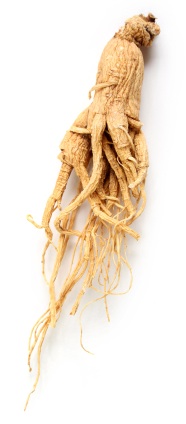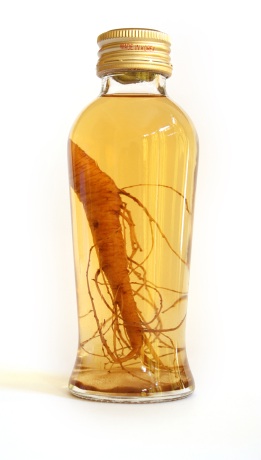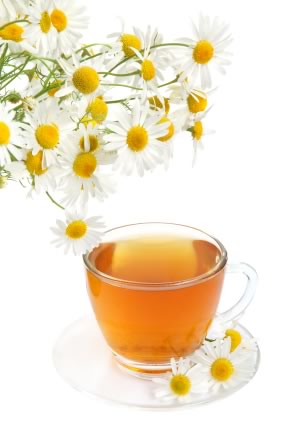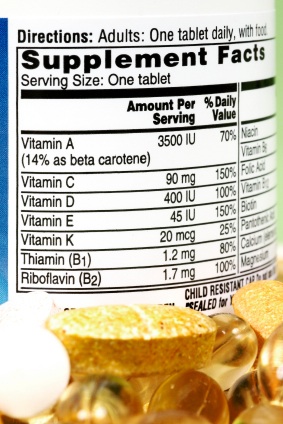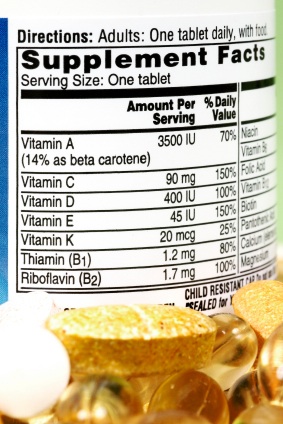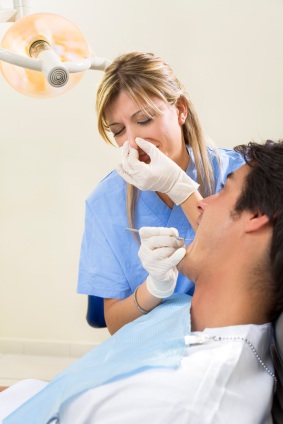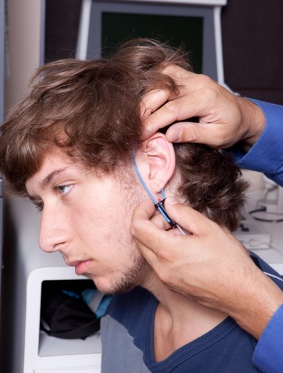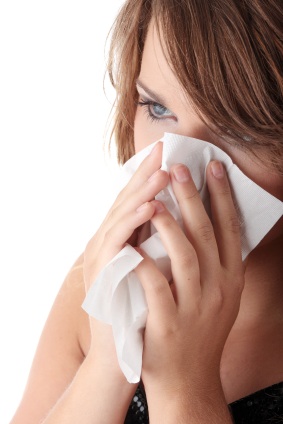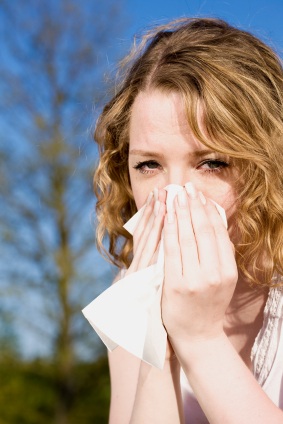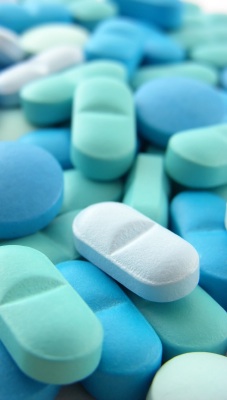Dark Skin Discoloration
There are dark skin discoloration disorders that we can effectively treat with homeopathy, traditional pharmaceuticals, surgery, and other non-traditional techniques and many conditions whose symptoms also include dark skin discoloration that are the result of significant advanced disease processes. This article focuses on those conditions whose treatments have known efficacy. To begin, the agent within the skin that provides coloring is melanin.
This color agent stimulates production of skin changing coloring in the epidermal and dermal layers of our skin. This pigment also protects the skin from sun exposure. Persons with darker skin have more melanin then persons with lighter skin but all skin needs oxygenation, lubrication, protection, and maintenance.
There are specific dark skin discoloration conditions listed below that have diagnosis and treatment of these conditions included.
Ultraviolet Rays & Sun
Types of Discoloration
Age spots, birthmarks, freckles, and pigmented moles, or nevi may result from aging skin. Additional melanin in the fascia activated by our genetics, continued unprotected, exposure to ultraviolet light, tanning and light machines can damage these layers causing specific dark skin discoloration. Although the sun’s ultraviolet rays provide our bodies with the ability to create Vitamin D, essential for our healthy homeostasis, the average individual only requires approximately 12 minutes of this exposure for sufficient production of Vitamin D. When this ultraviolet light contacts the skin, melanin reacts to protect our bodies and changes color.

This color change can cause burning or tanning of the skin but long-term effects can result in age spots, fine lines or wrinkles, aging the skin prematurely. Freckles and other types of hyperpigmentation, or accelerated melanin production in the fascia may also occur from long- term ultraviolet light exposure. Regular and extended tanning and light machine exposure beyond the body’s ability to produce melanin may also result in a higher risk of skin cancer and sun poisoning.
Persons born in arid areas in the world have additional melanin production to protect them from exposure to those rays for longer periods; however, persons of European American descent with lighter skin have less genetic protection from sun exposure. Tanning facilities are just as harmful for the layers of our skin as the sun’s rays in that these tools emit ultraviolet rays, hence the need for eye protection.
Diagnosis and Treatment
A Wood’s Lamp uses ultraviolet black light that does not damage the skin. You do not look directly into the light though for assured protection. This examination detects excessive discoloration as well as dry patches resulting from poor hydration. The lamp used in cosmetic facilities, can provide individuals with the opportunity to remain proactive in treating dark skin discoloration and damage. The Wood’s Lamp test often takes place in a dark room in a dermatologist’s office. The lamp, positioned four to five inches from the skin, exposes the epidermal layer of the skin discoloration for treatment. Specific proactive treatments include limiting exposure to ultraviolet rays, lubricating the skin with tanning protection lotions or homeopathic options such as green tea, black tea gel, tomatoes, and broccoli extract.
Homeopathic options have organic ingredients that maybe less harmful to the body than over-the-counter sunscreen protection products. Green tea is high in polyphenols that are believed to provide protection from ultraviolet or UV radiation.
The side effects of green tea in high doses are caffeine’s effect on the body in that caffeine can be absorbed into the skin in small amounts. Ingesting the green tea also, helps protect the body from sun exposure but caffeine can accelerate the body’s metabolism producing raised blood pressure in persons with uncontrolled hypertension.
Black tea gel, recently examined in the International Journal of Cosmetic Science (Dec. 2007) applied the gel to the skin of six subjects while exposed to artificial UV light. The study found that the skin was unaffected by the ultraviolet rays for four hours of sun exposure. This black tea gel may also allow for the absorption of small amounts of caffeine within the body so person sensitive to these effects may need to try alternative solutions.
Broccoli extract is rich in an antioxidant called sulphoraphane that studies have shown to protect against redness and inflammation caused by UV exposure. The sulphoraphane is absorbed into the body’s cells and protects against UV damage three days after application.
(Talalay et al) These anti-cancer fighting agents as well as tomatoes, high in carotenoids, appear to provide the body with natural sun protection. Over-the-counter, pharmaceutical sunscreen with 30+-sun protection is recommended by WebMD.com. The site indicates that products over 30+ do not offer much more protection. When purchasing a product look for water/sweat resistance with titanium dioxide and zinc oxide as well as a chemical called avobenzone recommended for curbing sun exposure to the skin. When using these sunscreen products look for a “broad-spectrum” coverage from UVA and UVB rays. Some consumers may have allergic reactions to these products resulting in skin irritation or rashes. It is best to apply any product to the inner arm prior to application to determine any adverse affects on the body.
Melasma
Types, Definition, & Alternative Names
Melasma or Chlosma-mask of pregnancy is a tan or dark skin discoloration, commonly occurring in pregnant women who are taking oral or patch contraceptives or hormone replacement therapy pharmaceuticals. This skin discoloration is also prevalent in men and women of Native American decent, German, Russian and Jewish Descent. The symptoms are dark, irregular areas found on the upper cheek, nose, lips, and forehead; they develop gradually, and do not cause any other symptoms.
Melanin production, as previously discussed, is stimulated by the hormones estrogen and progesterone, in this instance. Women of lighter skin are more susceptible when in regions of intense sun exposure. In the latter case, genetics are a major factor in developing melasma. Some rare causes of melasma result from allergic reactions to medications and cosmetics.
Diagnosis and Treatment
Melasma like sun exposure is diagnosed with the Wood’s Lamp as well as visual examination. However, melasma appears to disappear spontaneously over several months after childbirth or the cessation of oral contraceptives or hormone replacement therapy. Treatment consists of accelerating the fading of the discolored areas. Although hydroquinone, a skin bleaching ingredient, was banned in the U.S. in 2006, this topical product is common in Asian and African markets as well as the United States in an over-the-counter cream containing 2% or less of hydroquinone.
The ban developed from greater concentrations of HQ applied to the skin causing burning and permanent discoloration. Hydroquinone, is dispensed in 2 to 4% ratios to control its reaction to the skin. The chemical HQ inhibits an enzyme that produces melanin. However, HQ is not recommended for use while pregnant. In addition, a facial or chemical peel with alpha hydroxyacids is an effective accelerant. In instances of genetic predomination of dark skin discoloration, laser treatment has been effective.
If the melasma has moved deeper into the layers of skin, dermal, a Fraxel laser can reduce the appearance of the discolorations. For any of these treatments strict avoidance of sunlight is mandated because additional sun exposure can stimulate melanin production despite pharmaceutical or laser intervention. Another common temporary treatment is cosmetics that can reduce the appearance of melasma
Classic Kaposi Sarcoma
Types, Definition, & Alternative Names
Classic Kaposi Sarcoma or KS can occur in older people of the Mediterranean, Eastern European, and Middle Eastern descent and is more common in men than women. Individuals usually have several dark patches on the legs, ankles, or soles of the feet. These lesions do not grow quickly or develop as often. Classic Kaposi Sarcoma is an immune system disorder that can be affected by age. The KS is a herpes virus infection that is endemic to the human population and can hide and reoccur in the body because of stress, illness, poor dietary healthy, and UV exposure and vitamin deficiency.
There is classic and epidemic KS; the latter common in the United States is AIDS-related KS. The skin discoloration symptoms are similar in both classic and epidemic KS but epidemic Kaposi Sarcoma is a symptom of a serious immune deficiency that invades and shuts down other organs in the body.
Diagnosis and Treatment
Diagnosis for classic KS usually occurs with skin biopsy and blood testing for IL- 1 beta protein found in persons with herpes virus infections, (J Immunol. 1992 Jul.). The treatment includes gene transcription therapy with growth factors. These growth factors, naturally synthesized homeopathy, signal polypeptides to bind cell receptors from allowing continued lesion growth. There are no known side effects of this procedure. Electromagnetic signals have also been known to disrupt cell growth and are radio frequencies administered specifically to pinpoint particular cell growth. The patient is treated for several months with these growth factor signals.
Treatment of the HIV related KS consists of antiretroviral therapy resulting in fewer cases of epidemic KS. In countries where this therapy is not available AIDS patients with epidemic KS quickly advances and causes death in six months.
Hyperpigmentation
Types, Definition, & Alternative Names
When hyperpigmentation occurs in women with darker skin tones it is often from acne inflammation, scratches or abrasions, insect bites and over exposure to the sun. Women of color will see skin discoloration around the joint, knees and elbows as well as the eyes. This discoloration can remain long after the outbreak. These color changes from acne called post-inflammatory hyperpigmentation, are more common than scarring but may take years to disappear. They appear to be more common in persons of Hispanic, Middle Eastern and African American descent but can occur in Caucasian persons as well.
Diagnosis and Treatment
As mentioned earlier, visual examination is a typical diagnosis tool but it is best to contact a dermatologist for persistent or reoccurring acne at its onset. Chemical peels, microdermabrasion, and topical skin treatment options are recommended. Chemical peels remove the epidermal or outer layer of the skin. This technique is excellent because there is less risk and less recovery time however, several peels may be required to alter the discoloration and it can be painful.
Microdermabrasion uses aluminum oxide crystals as an abrasive element to the skin and is preferred because it is a painless. This technique often requires up to 15 treatments to remove hyperpigmentation so it can be an expensive procedure. Many topical pharmaceutical skin products have the hydroquinone-bleaching agent as previously described, that will lessen the appearance of dark discoloration. Homeopathic treatments such as aloe, vitamin E, rose oil, and lemon balm are also effective at lessening the appearance of dark discolorations but both pharmaceutical and homeopathic products can cause allergic reactions in the sensitive skin areas on and around the face.
Acanthosis Nigricans
Types, Definition, & Alternative Names
Hyperpigmentation or increased melanin production in men and women of color can leave dark blemishes and patches on the neck, armpit, under the breast, and in skin creases. These skin changes may appear over months or years and occasionally cause itching or pruritis. Its onset can occur at any age and is prevalent in persons with darker skin. This hyperpigmentation also known as acanthosis nigricans can be a sign of too much insulin production in the body.
Diabetes or obesity can cause this over production of insulin to trigger melanin production in skin cells. Acanthosis nigricans may also be genetic and can be activated from too much niacin, oral contraceptive use, and hormone level changes.
Diagnosis and Treatment
Since this condition can be a symptom of type 2 diabetes and obesity your doctor or naturopath may require testing for fasting blood sugar and insulin production. There is no specific treatment for acanthosis nigricans; however, improved diet and life style changes may encourage these skin changes to fade without treatment. Dietary changes as well as weight loss can alter the body’s excess insulin production. Products containing vitamin A, such as the pharmaceuticals and over-the-counter remedies containing HQ, as mentioned previously can aid in treatment but can cause allergic skin reaction.
Homeopathic vitamin A supplements and fish oil can be effective in reducing the appearance of dark skin discolorations as well with fewer side effects. Topical creams of vitamin E, Aloe, lemon balm, rosemary and lavender can ease pruritis and encourage patch fading.
Vitamin Deficiency
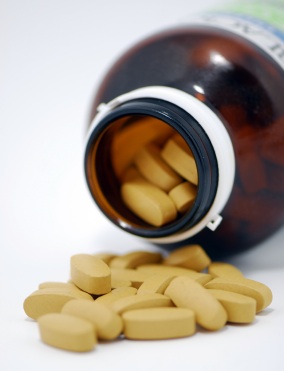
Types, Definition, & Alternative Names
Vitamin and mineral deficiencies within the body can cause brown skin discoloration, darkening of the skin-folds around the elbows and knees, red and brown skin discolorations that later may ulcerate as well as warts and moles.
Some of the vitamin deficiency culprits include vitamin E, C, A, B12, Niacin, Manganese, Calcium, Zinc, and Folic Acid. These deficiencies have no age, race, or ethnic boundaries in that most of our vitamin and mineral supplement is derived from our foods. Countries who have less access to fruits and vegetables may be more prone to these deficiencies. For most people, vitamin and mineral deficiency results from poor food choices, the body’s inability to absorb certain nutrients from foods and pharmaceuticals that may block the body’s absorption of vitamins and minerals.
Diagnosis and Treatment
Diagnosis generally consists of blood work by your doctor or analysis of the iris, tongue, fingernails and skin of your homeopath. Treatment must include dietary foods that contain the needed vitamins and minerals. It may also require the additional boost of daily multi-vitamins and general immune system builders such as Echinacea, Acai fruits or teas and grape seed extract. Vitamin A should be taken in moderation as it may slow the absorption of other vitamins and minerals.
Some homeopathic doctors and holistic physicians may prescribe injections for extreme vitamin or mineral deficiencies. Many common fruits, nuts, legumes, fish, as well as other animal byproducts can provide the body with sufficient vitamins to cease the production of melanin in the body. As previously mentioned however, interim topical creams and cosmetic tinctures may lessen the appearance of these dark skin discolorations until our body absorbs a sufficient amount of minerals and vitamins. Cosmetic and homeopathic body creams may be infused with the needed essential vitamins and then applied to the skin to enhance the effect of the mineral and vitamin intake.

